Telemedicine's Role in Shaping the Future of Healthcare Delivery: A Systematic Review
DOI:
https://doi.org/10.32592/TJT.2024.1.3.16Abstract
Telemedicine, defined as the use of telecommunication technologies to provide healthcare services remotely, has significantly evolved over the past few decades. This review aims to provide a comprehensive analysis of telemedicine's development, current applications, benefits, challenges, and potential to shape the future of healthcare delivery. A systematic literature search was conducted across multiple databases, including PubMed, MEDLINE, Scopus, and Google Scholar. Keywords used in the search included "telemedicine," "telehealth," "remote healthcare," "digital health," and "virtual care." The search was limited to articles published between 2014 and 2024. Additionally, reference lists of relevant articles were reviewed to identify further sources. After applying inclusion and exclusion criteria, a total of 20 articles were selected for detailed analysis. The review found that telemedicine has significantly improved healthcare access, particularly in remote and underserved areas. It has enhanced patient engagement and convenience, leading to higher satisfaction rates. However, several challenges remain, including technological barriers, regulatory and licensing issues, inconsistent reimbursement policies, and resistance to adoption among patients and providers. Future trends indicate a growing integration of artificial intelligence, wearable technology, and personalized medicine in telemedicine practices. Telemedicine is transforming healthcare delivery by making it more accessible, efficient, and patient-centered.



